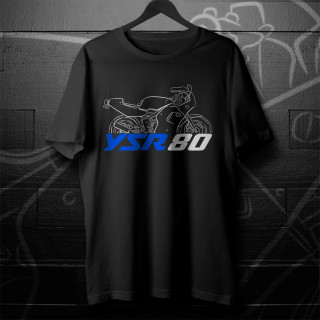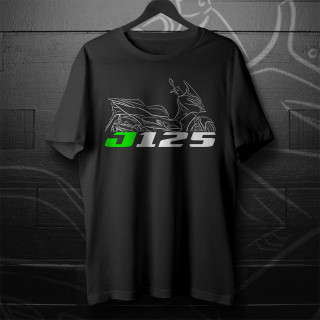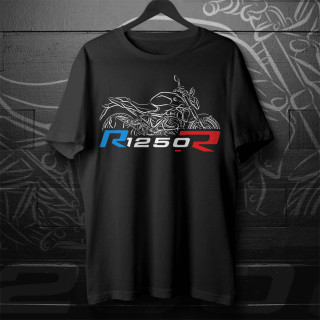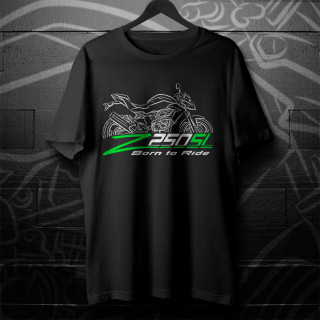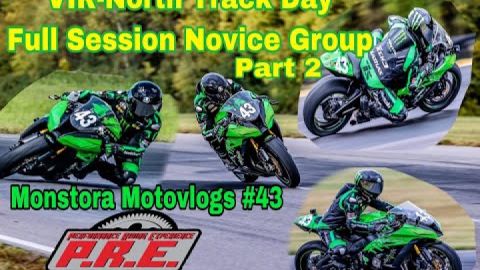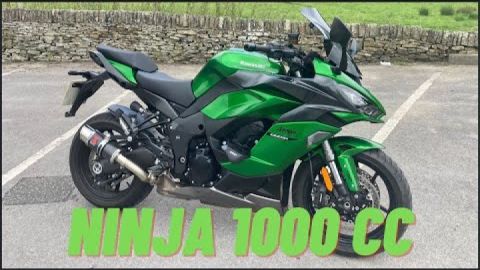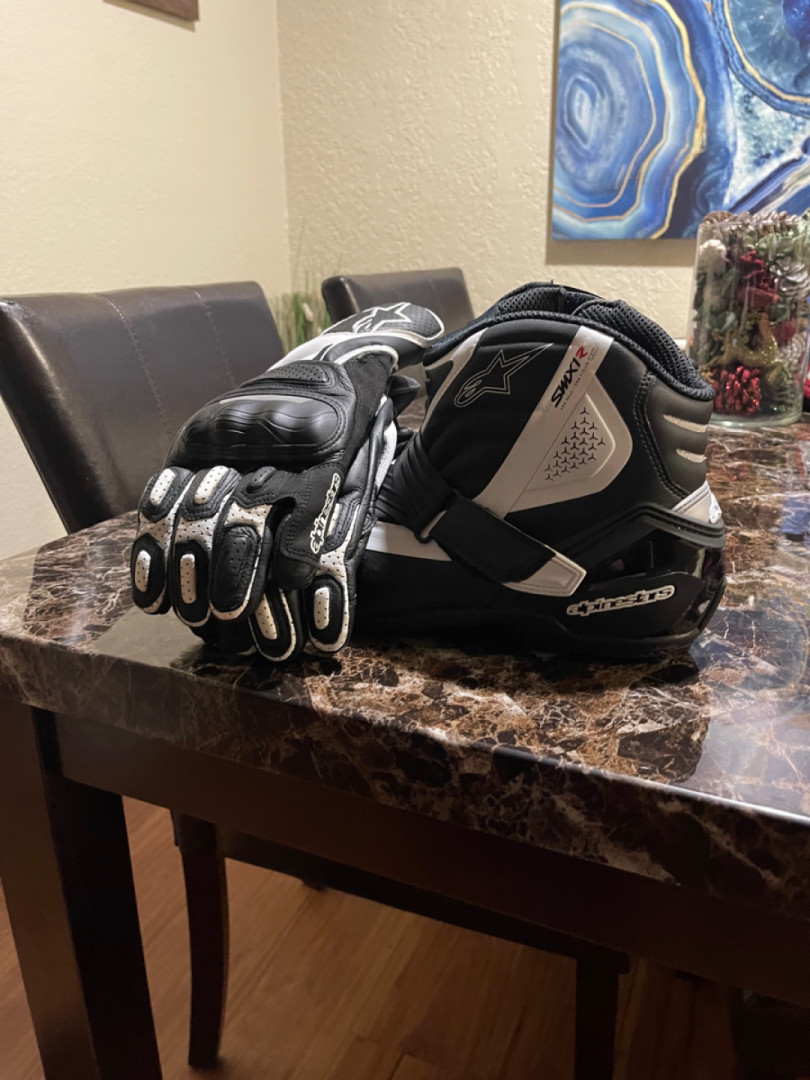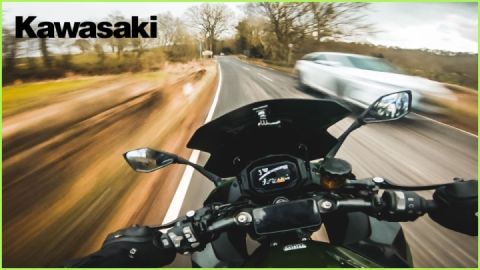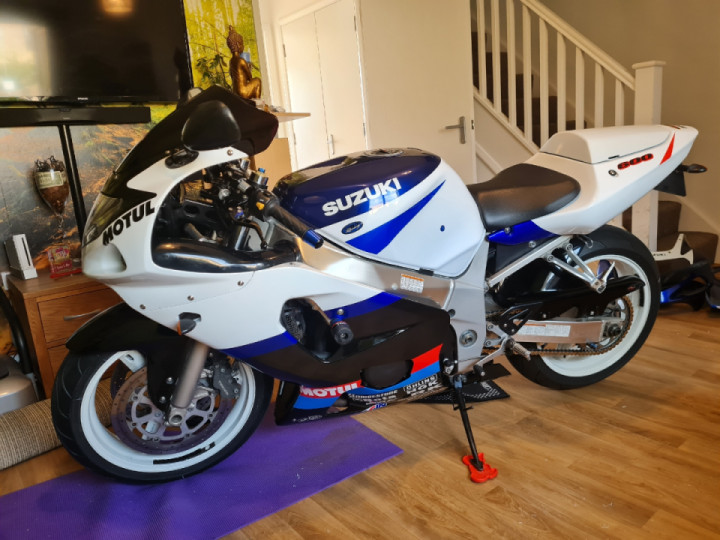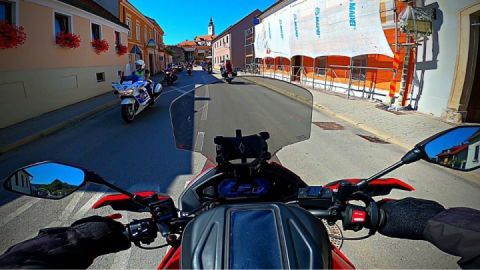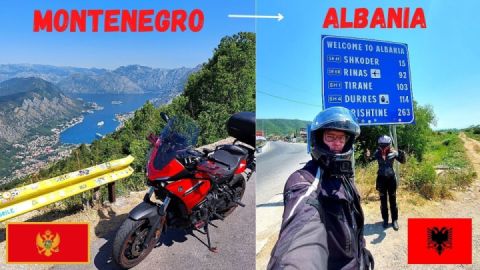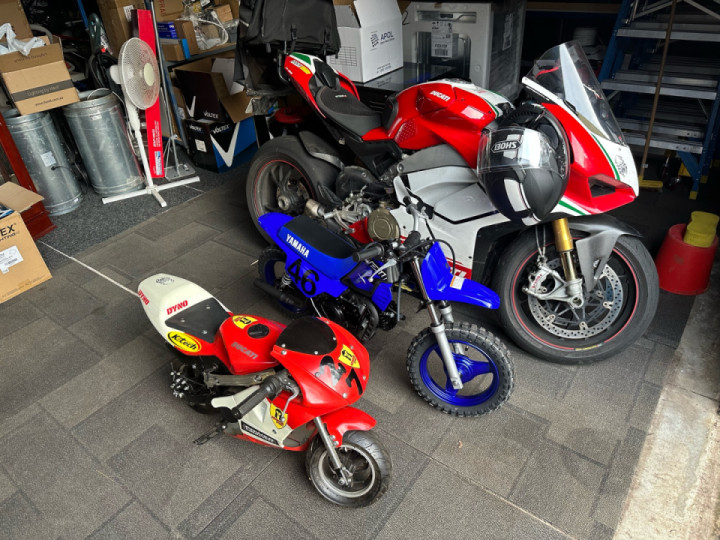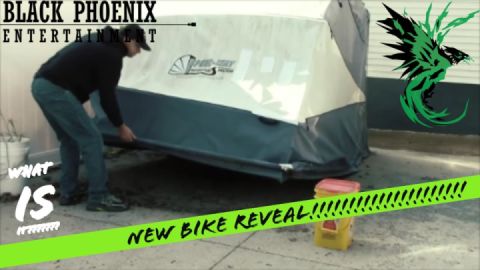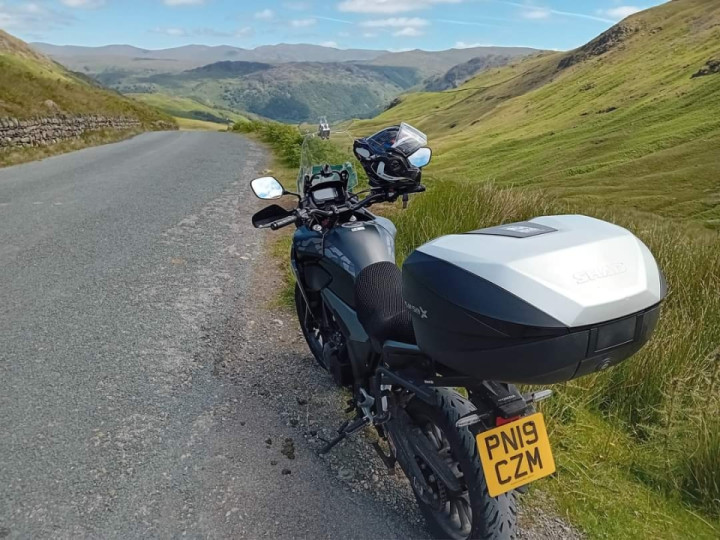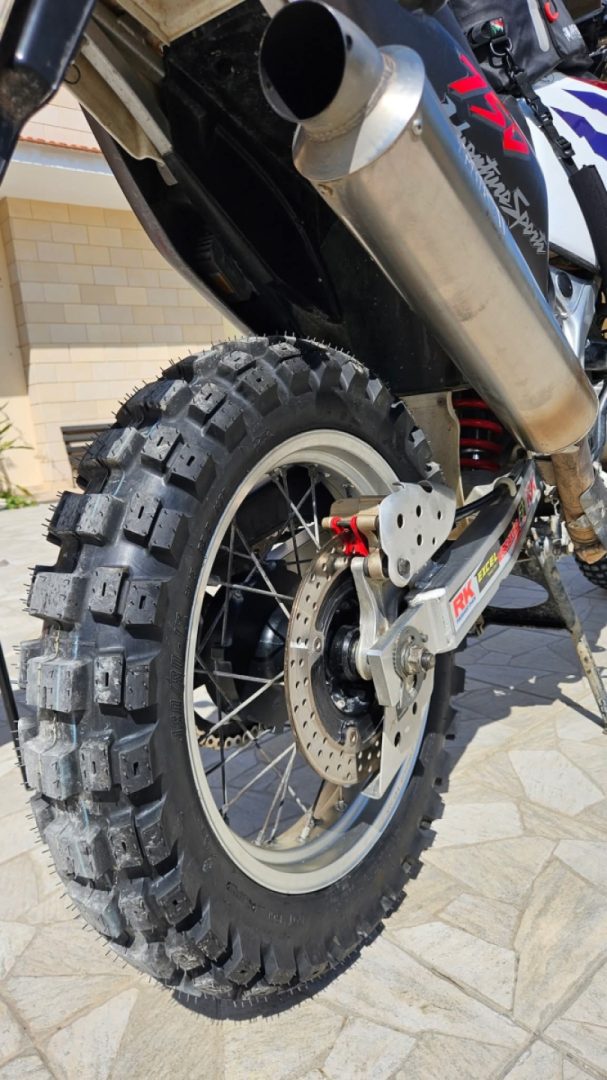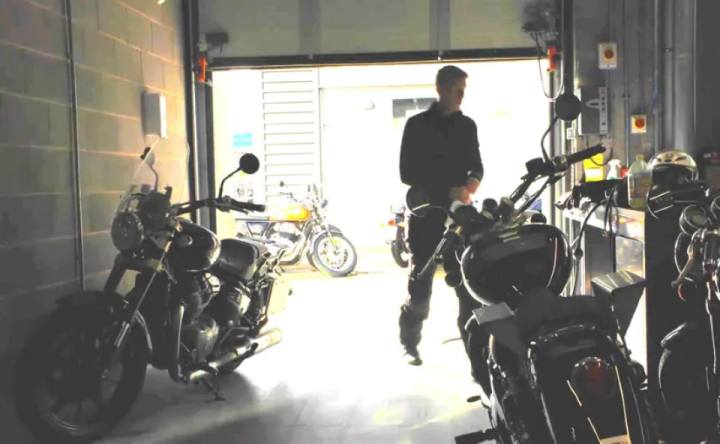In December of 2021 Royal Enfield marketing specialist, Santhosh Vijay, and Brit, Dean Coxson, a senior engineer who works in the Indian Manufacturer’s Product Development department, made their ambitious dream a reality. After two years of planning and arduous preparation, the pair successfully arrived at the geographic South Pole in Antarctica aboard two nearly stock Himalayans, marking Royal Enfield’s 120th anniversary in a most spectacular way.
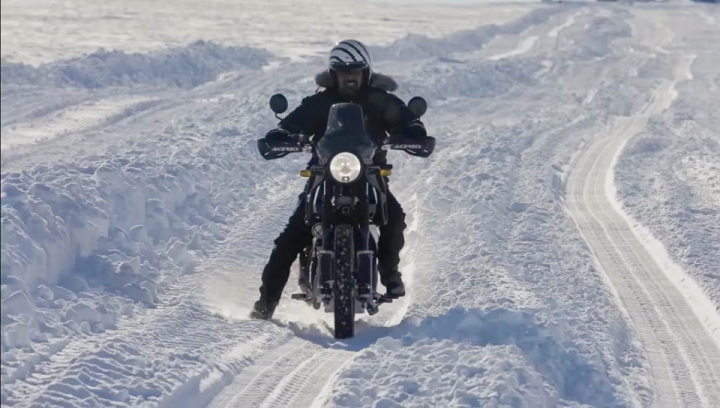
While advpulse reported on this event when it happened last year, there is no way the sound of furious, biting wind or the surreal feel of watching motorcycles moving across a blindingly white landscape can be brought to life fully using only words and photos. Luckily, the expedition was captured on film by BBC StoryWorks, in partnership with Royal Enfield, and is now being released as a multi-part series aptly called 90° South.
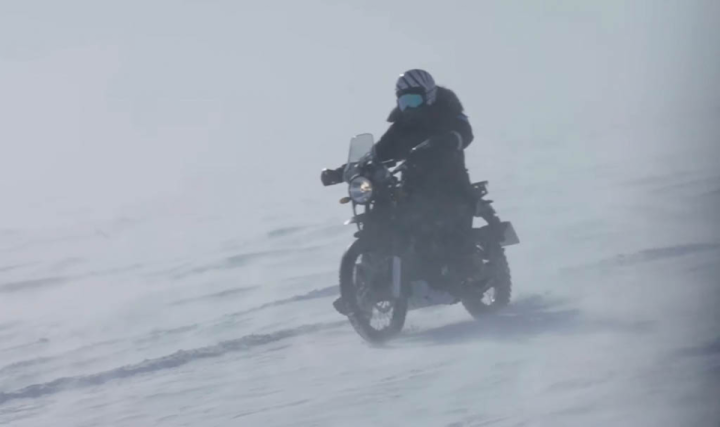
In Episode 1 “The Proving Grounds” we get more background on the project, and how Santhosh had originally come up with the idea during one of the many rallies he helps Royal Enfield host across India. A question was posed to rally goers at a Goa event: “Before I die I want to ride to ____.” Santhosh wrote in “South Pole.” As crazy as it sounded, the idea took hold.
And as you’d expect, there was an immense amount of research, planning and prep work that preceded actually arriving in Antarctica. This would include experimenting with modifications to the bikes to make them more capable on snow and ice, and also practice for the riders in relevant conditions. Where in the world would you find adequate representation of Arctic conditions? It turns out Iceland’s Langjokull Glacier fit the bill, which is the location for Episode 1.
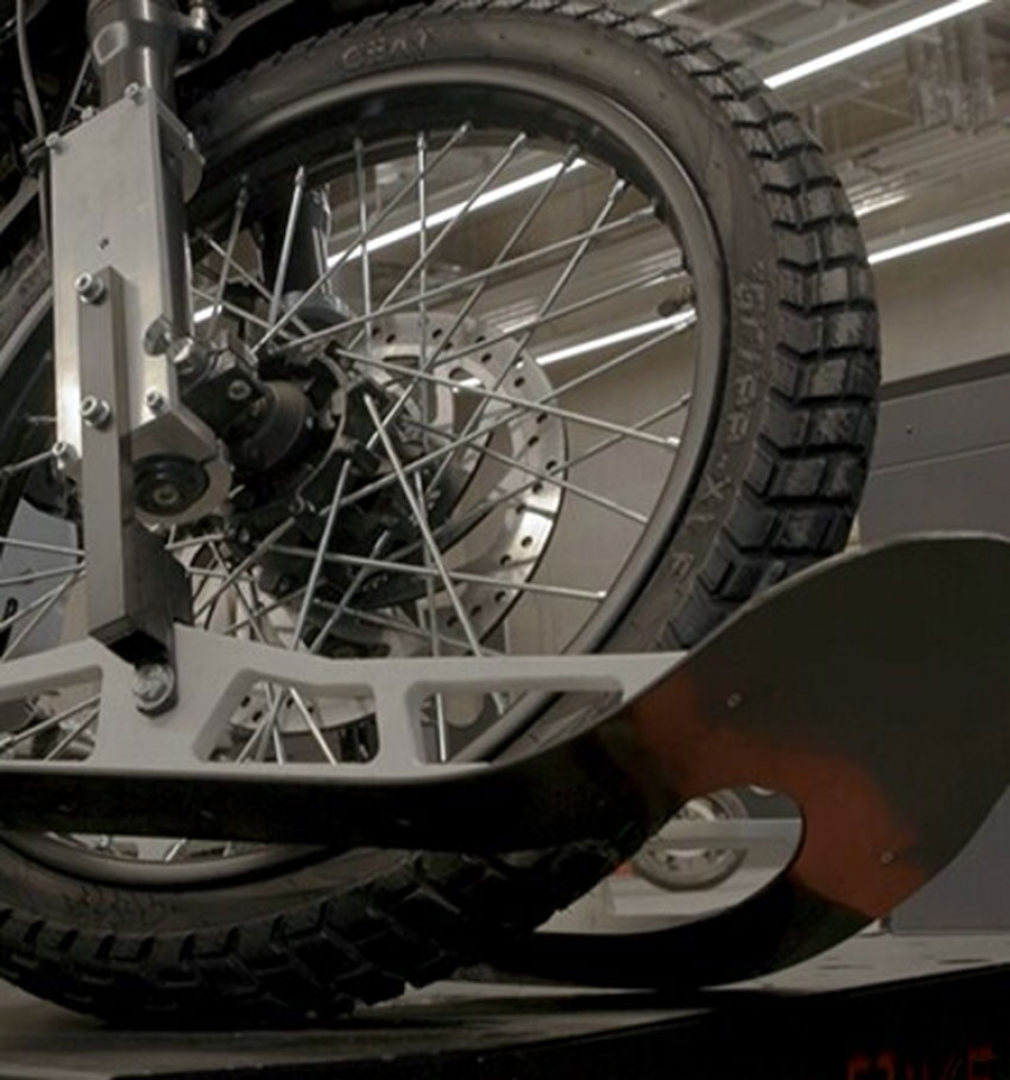
In the end, the bikes required only mild modifications. The center stands were removed to reduce weight, as well as the headlamps, which weren’t needed since there is 24 hours of daylight during Antarctica’s summers. A smaller countershaft sprocket (15- to 13-tooth) was added to shorten ratios and increase low-end torque, while the bikes’ rear brake pedals were moved back to accommodate heavy winter boots. To enable the riders to run heated gear stronger alternators were added, as well as large feet on the side stands to avoid them sinking down in the snow. All of the Himalayans’ electric circuits were also waterproofed and sealed.
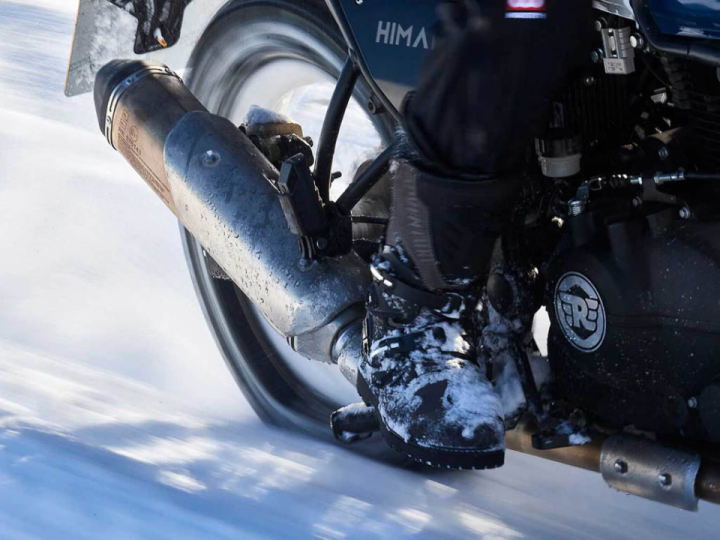
The big ask for the bike, of course, was traction. Studs and chains and pressures were all tested in various combinations. A tubeless setup was applied to accommodate the low pressures that create a softer, wider footprint, vital to maintaining momentum over snow and ice. Studded tires were also essential to the expedition, as well as custom skis, adjustable for height, which could be fitted to the forks when the snow was too deep, though for the most part, the bikes followed the large tracks made by the Arctic Trucks expedition guide vehicles. That compacted snow was much easier to roll on, reducing drag and also aiding fuel consumption.

In Episode 2, “The Adventure Commences,” we see the Arctic landscape for the first time, as the crew, after what looks like a fun quarantine in Cape Town, South Africa, (this was 2021) finally touches down on the blue ice runway of the Russian research station, Camp Novo. The irony of arriving via a luxurious private jet is duly noted by the team, who realize the next 5 weeks of their lives are to be lived in brutal juxtaposition.
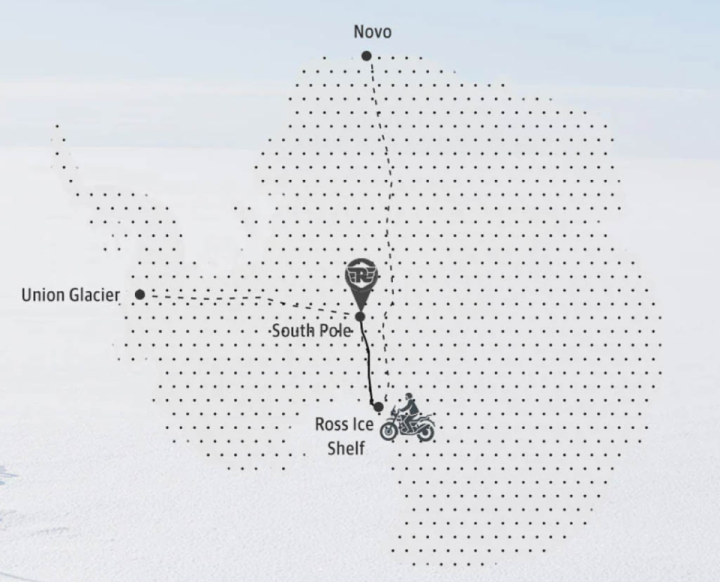
While the bikes are prepped at Novo, there is still a long way to go before the Himalayans and their riders can begin the ultimate test of riding to the Pole. In Episode 3 “Ignition On Ice,” that transport journey begins. The next twelve days will cover an overland distance of 3200 km (1988 miles) with the bikes being towed behind specially built snow trucks as the crew attempts to reach the Ross Ice Shelf, the true starting point of their originally planned 770-km (478-mile) motorcycle journey to the geographic South Pole.
But before they get there they will deal with a truck breakdown and endure blizzard that had the crew stuck and camping in temperatures between -30° to -25°C (-22° to -13°F) and wind speeds of 60 km/h (37 mph). This is the kind of story that makes us so happy there is now a video diary to watch, since still photos simply cannot convey the true essence of the expedition.
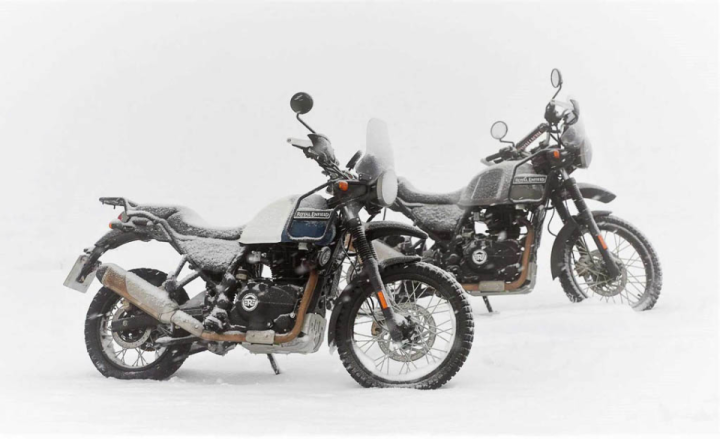
Episode 4 will be out next Tuesday night, January 3rd, with more episodes following each week. While these videos are short (each around 8-10 minutes), the quality is extremely high, making them a worthwhile watch. No word on how many episodes will be in the series, but at the rate they are covering the journey, 90° South should keep us entertained well into the New Year.
Credit: advpulse
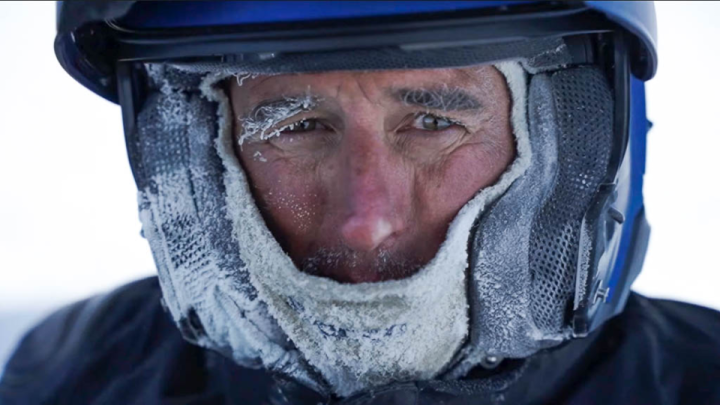
#Adventure #Moto #Bike
 Arffjos 07 Jan 2023Well done, cool❄️❤️?0Reply
Arffjos 07 Jan 2023Well done, cool❄️❤️?0Reply


